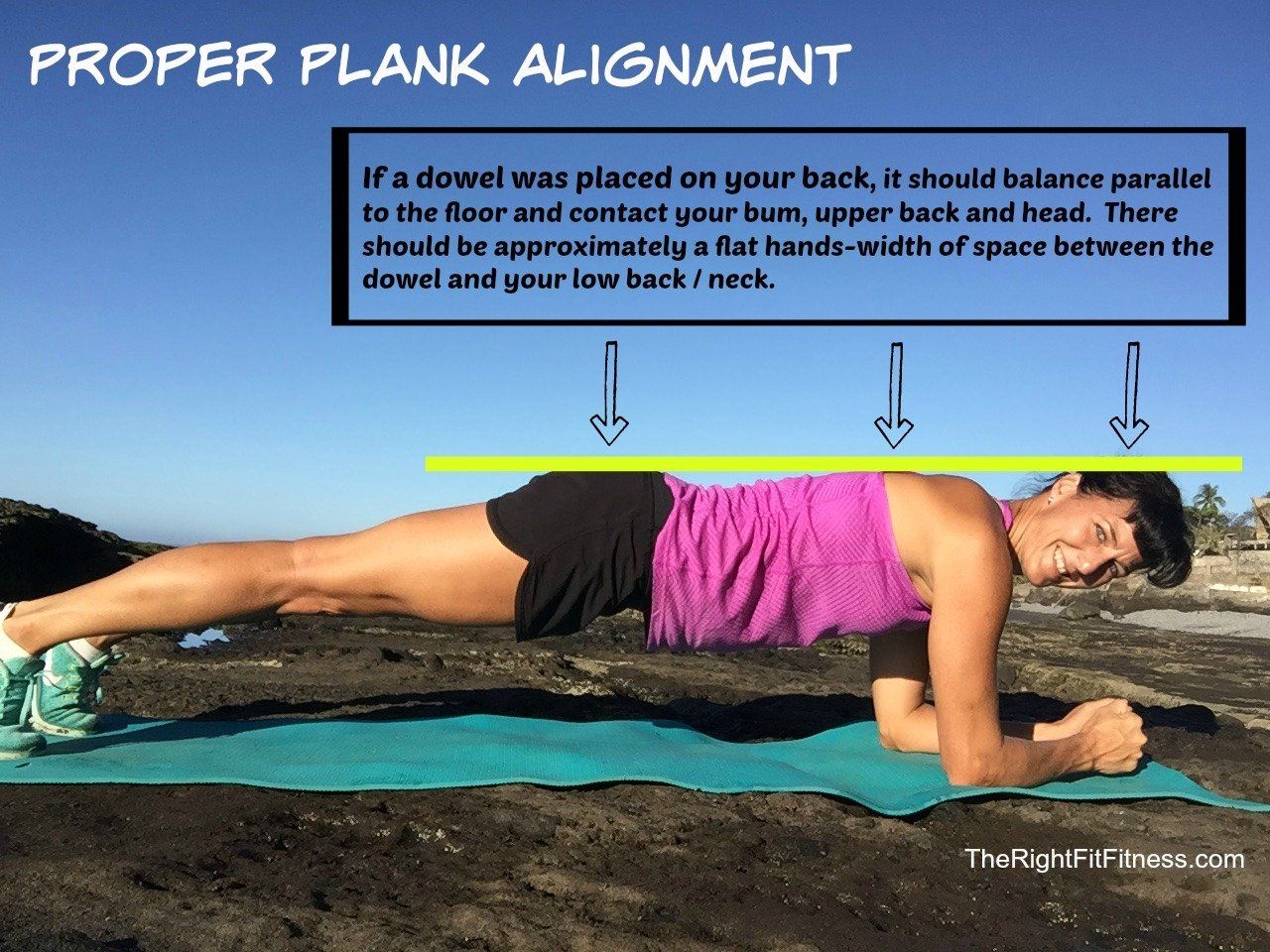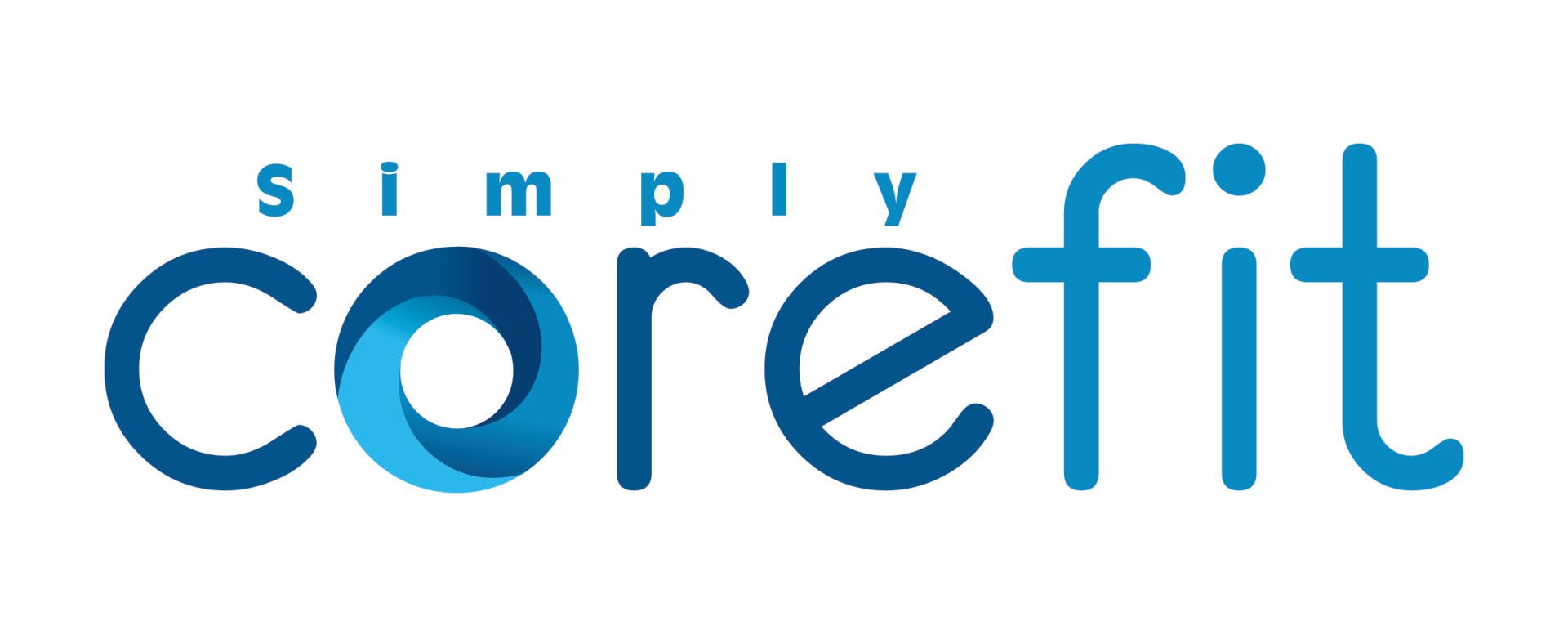
For those who had a baby one month ago or several years ago, have a diastasis recti (abdominal separation) and wonder if they should be planking, here is my advice:
Start slow. Reaaalllly slow. And read on for more details and exercises…
Why? Many new moms are not even aware if they have diastasis recti. If you are unsure, I would be happy to connect with you and show you how to test for it. If this is a reality for you, rest assured that you can heal and regain control and form of your abdominals again.
Of the many health conscious women with recti diastasis that I have worked with, I’ve found 2 typical responses towards working out:
- Women who are eager to get their body back in shape (given their active history) and go too hard out of the gates.
And what happens? They’ll follow the latest fitness trends or go on the internet and wind up taking three steps back – by which I mean developing real issues like back pain, incontinence, and pelvic instability.
OR - Women who do nothing for fear of what to do. Sure, it is important to give your body a chance to heal and the opportunity to close the gap. But what happens if you do nothing? Nothing, which leads to further muscle weakness and core instability down the line.
But wait! There is a third option: Learn what to do, how to do it properly and take back your body!
So, the short answer to ‘should you plank with diastis recti?’ is NO, unless you can plank:
- Without Bracing
- Without holding your Breath.
- Without Your abdominal wall Bulging out.
- While maintaining Proper Postural Alignment.

See this video for cues on how to plank properly.
With diastasis, the primary goal is to get functional stability, meaning that you are able to gain control of the small muscles holding your pelvis so that you can do everyday movements without pain or dysfunction. This is incredibly important before you ever attempt hanging your entire body weight off your toes and shoulders with nothing but dysfunction and weakness in between.
If you have worked on the deep muscles of the core first, and can properly stabilize your pelvis, then YES, you should be able to do planks as long as they are completely pain free (that is a standard rule that applies to everyone planking.) No pain. Ever.
Try breaking the plank down like this. Hold for 10 seconds at a time .
If the plank felt like a bit of a strain, read Flat Tummy Secrets: 3 Simple Core Exercises . It will help you get to the plank…. safely! The exercises outlined will help immensely with the core test and once you can easily perform the core test perfectly on both sides, move to a plank (start on your knees, then progress to your feet).
If you want any more personalized support, or want help developing a functional core, drop me a line on the Contact page.










